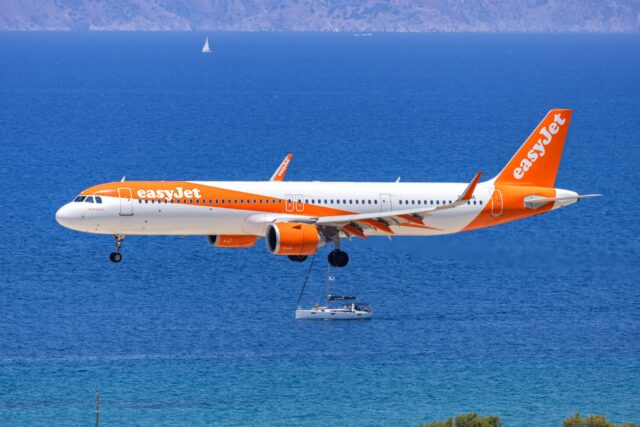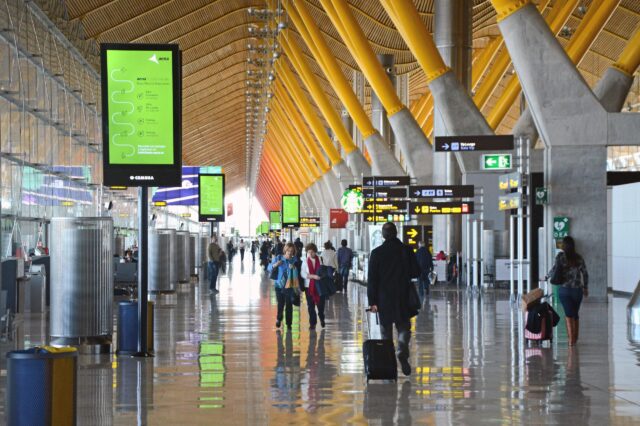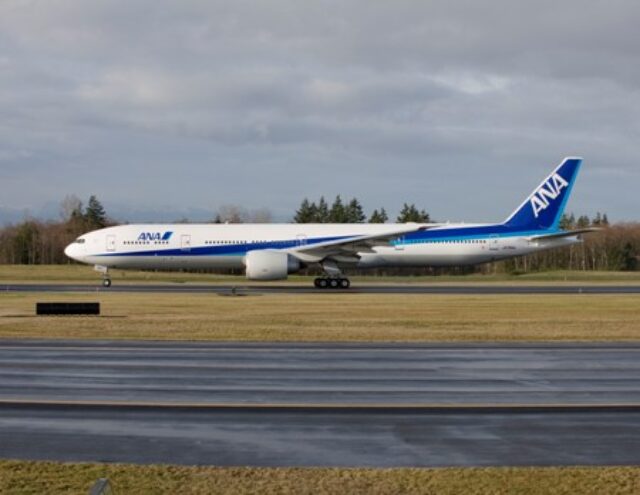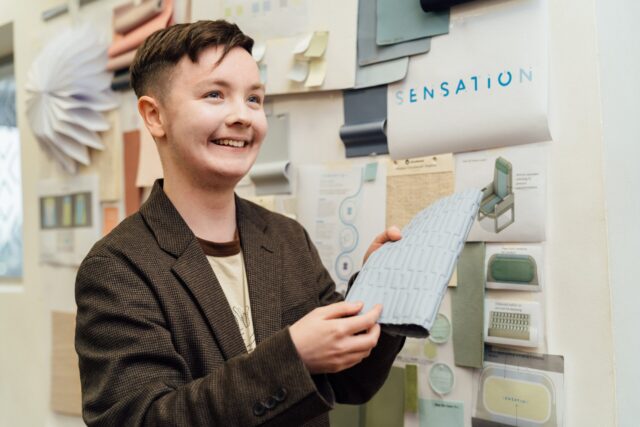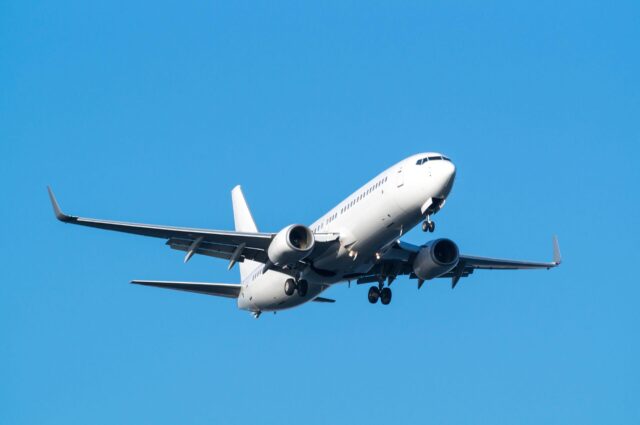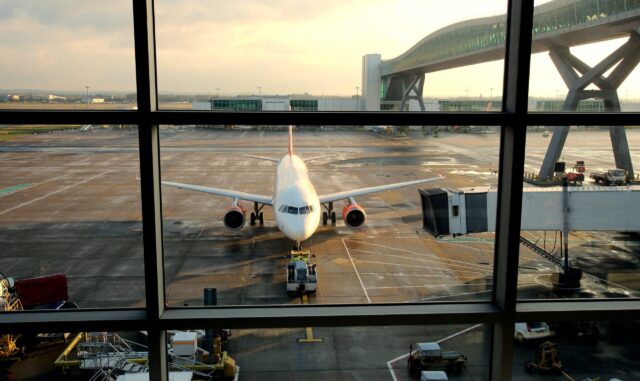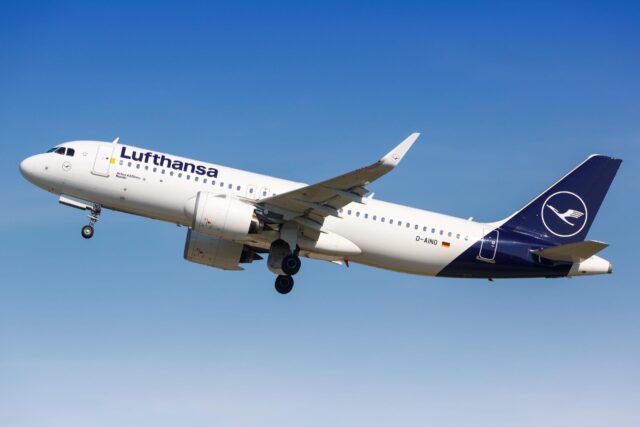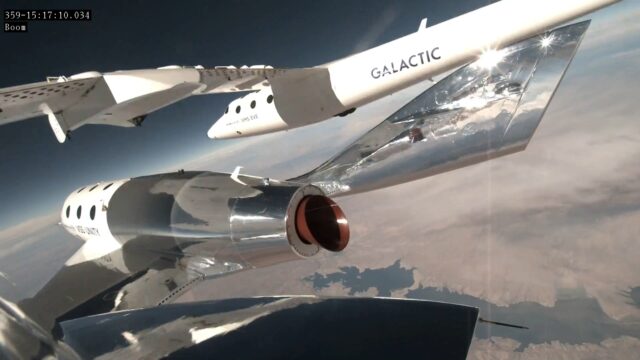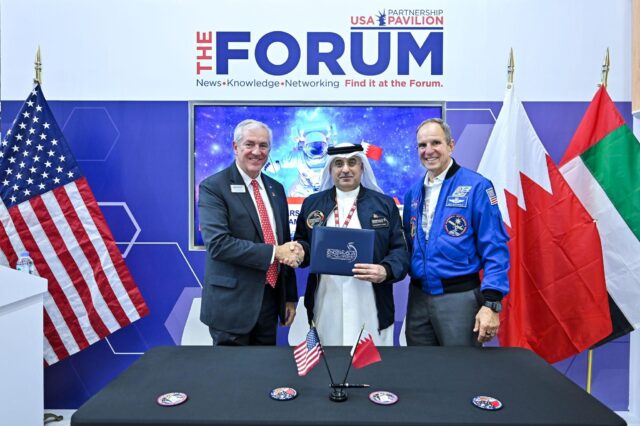Family suites and videoconferencing pods: Natilus unveils Horizon blended wing body passenger cabin

July 1, 2025

Natilus, the California-based aerospace startup pioneering blended wing body (BWB) aircraft, has revealed the first interior design concept for its upcoming Horizon passenger aircraft.
Revealed Tuesday, 1 July, the concept also provided new details about the aircraft’s layout, boarding process, and sustainability features. It’s the company’s latest step as it transitions from a purely cargo-focused portfolio toward a future that includes commercial passenger transport.
What’s inside the blended wing body aircraft?
The interior concepts showcase how the BWB design unlocks new possibilities for cabin layout and passenger experience. With a wider body, the Horizon will offer around 40% more interior space than a typical 200-passenger aircraft, bringing more possibilities for customisation by airlines.
Natilus showcases some of the possibilities with its concepts, including solutions for families, business travellers and an elevated economy class experience.

The most innovative inclusion is the idea of having three enclosed video conference pods onboard, which would be a first in commercial aviation. Natilus says these will act as private rooms for business passengers, with WiFi and compatibility for both phone and video calls.

For families traveling together, Natilus has developed a concept it calls ‘Deluxe Club Seating.’ Undoubtedly taking inspiration from Qatar’s QSuite, the four-person pods let travellers face each other, making it easy to communicate, play and experience the flight together.

Naturally, the Horizon will be fully customisable to the needs of individual customers, with options ranging from high density all-economy layouts to premium heavy configurations.
In a three class arrangement, its passenger capacity would be 196, with 40 first class, 48 premium economy and 108 economy seats. A more premium arrangement could have 164 passengers, with 16 in first, 16 in business, 60 in premium economy and 72 regular economy.

Across the aircraft, all seats will be at least 20 inches wide, putting these among the widest economy seats in the industry, and the headroom will be a generous 7.5 feet. The company touts an intelligent lighting system onboard too, which can mimic natural light or even be synched with the inflight entertainment.
Blended wing body means speedy boarding and enhanced sustainability
Wherever passengers sit on the aircraft, they can look forward to a faster, easier boarding and disembarkment process. The BWB design means passengers can board or deplane from multiple locations at once, with doors on both sides of the aircraft.

The height of the aircraft means it could be boarded and deplaned without jetbridges or extensive airport infrastructure, which could enhance its appeal for unserved or remote airport operations.
Natilus says all this will cut turnaround time significantly, a key priority for many airlines. Horizon also answers to another key airline priority: sustainability.
The blended wing body design brings with it enhanced green credentials through natural aerodynamic efficiency. Rather than relying on just the wings, the entire airframe generates lift, allowing for smaller, more efficient wings.

The blended shape smooths the airflow, eliminating sharp junctions between wing and fuselage that typically cause vortex drag. Overall, this leads to a major reduction in parasitic drag, with Natilus claiming the Horizon will have 30% less than traditional aircraft.
Natilus forecasts the Horizon to be ready to enter service by the early 2030s, and is currently seeking a location to build its first aircraft. This will be preceded by the introduction of the Kona, its cargo-carrying BWB, which could be certified and ready for work as soon as 2029.



